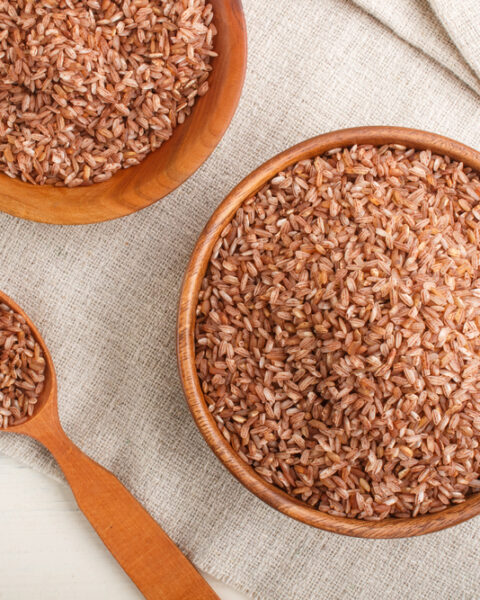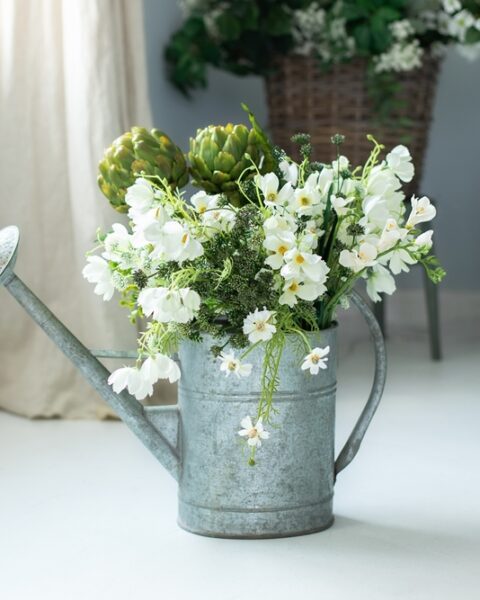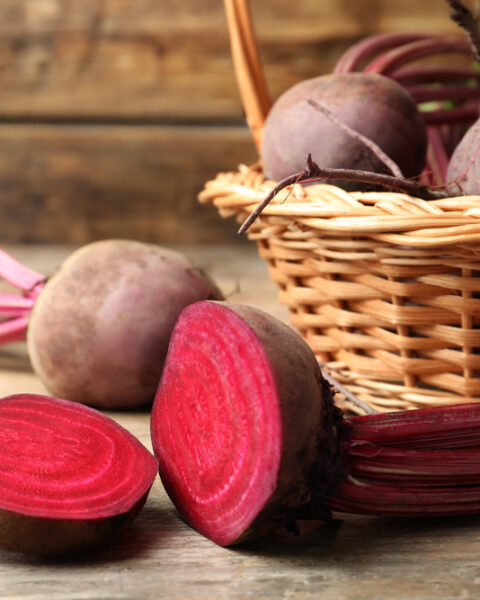Buying grapes might seem straightforward, but there are some common pitfalls that can make the experience less than sweet. Whether you’re at the grocery store or a local market, picking the best grapes ensures you get the juiciest, most flavorful fruit. Many people unknowingly make simple mistakes that can affect the quality and taste of the grapes they bring home. Let’s dive into some of these common missteps, so you can avoid them and enjoy the freshest grapes every time.
Contents
- 1 Not Checking the Plumpness
- 2 Ignoring the Stem Condition
- 3 Failing to Smell the Grapes
- 4 Overlooking Grape Variety
- 5 Not Considering Seasonality
- 6 Avoiding Grapes with a Dusty Appearance
- 7 Not Checking for Brown Spots
- 8 Forgetting to Taste a Grape
- 9 Not Using a Bag for Protection
- 10 Washing Grapes Too Early
- 11 Storing Grapes Improperly
- 12 Storing Grapes in Airtight Containers
- 13 Not Separating Damaged Grapes
- 14 More From RetailShout
- 15 The 15 Best Cereals You Should Try, Ranked
- 16 12 Simple Ways to Make Your Home More Energy Efficient
Not Checking the Plumpness

Plumpness is a key indicator of a grape’s ripeness and flavor. Grapes that are firm and round to the touch have a balanced water content, making them juicy and flavorful. Overly soft grapes may be overripe and starting to go bad, while too firm grapes might have been picked before reaching full ripeness, resulting in a bland taste. Unlike some fruits, grapes do not continue to ripen after being picked, so it’s important to choose those that are already ripe. Rolling a few grapes between your fingers can help you gauge their plumpness accurately.
Ignoring the Stem Condition

The condition of the grape stems can tell you a lot about the freshness of the grapes. Fresh grapes have green, flexible stems, indicating that they were recently picked. Brown or brittle stems suggest that the grapes are old and may have lost their moisture, resulting in a less satisfying taste and texture. Checking the stems is a quick and effective way to ensure you’re getting fresh grapes. Grapes with healthy stems will also last longer when stored properly.
Failing to Smell the Grapes
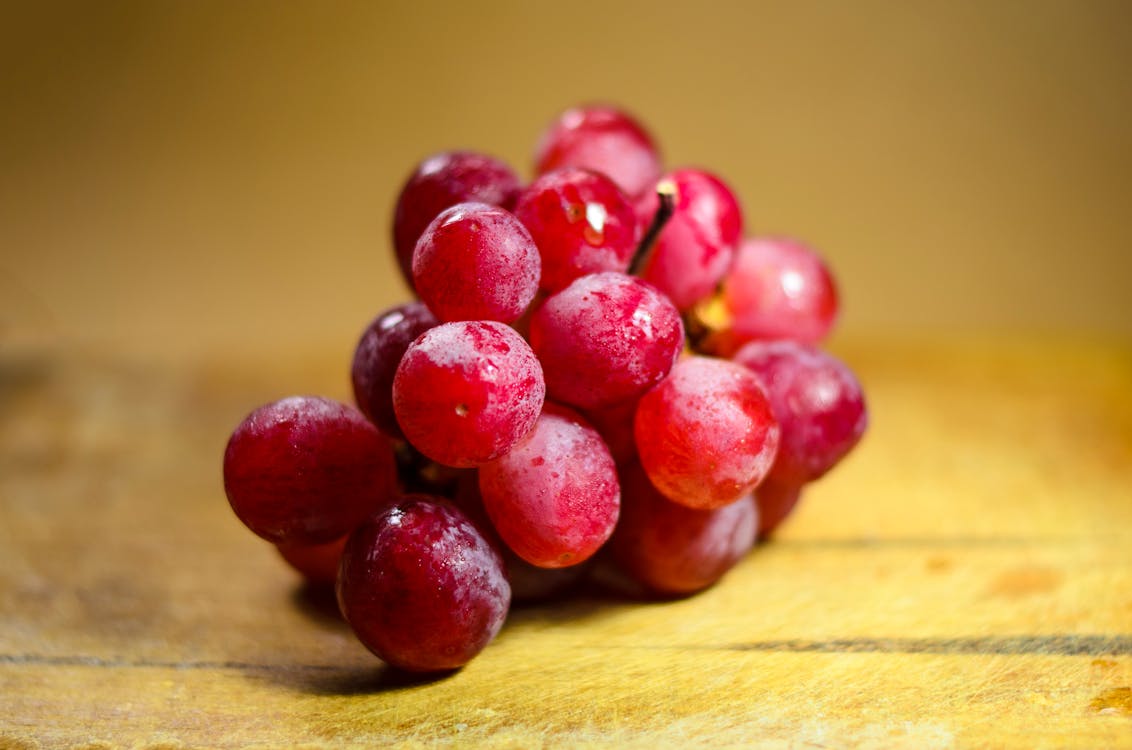
Using your sense of smell can help you determine the quality of grapes. Fresh grapes have a pleasant, sweet aroma, whereas a sour or fermented smell can indicate that the grapes are past their prime. Smelling the grapes can also help you avoid those that might have started to ferment, which can lead to an off-putting taste. This quick check can save you from purchasing grapes that are not at their best. Always trust your nose when selecting fresh produce.
Overlooking Grape Variety
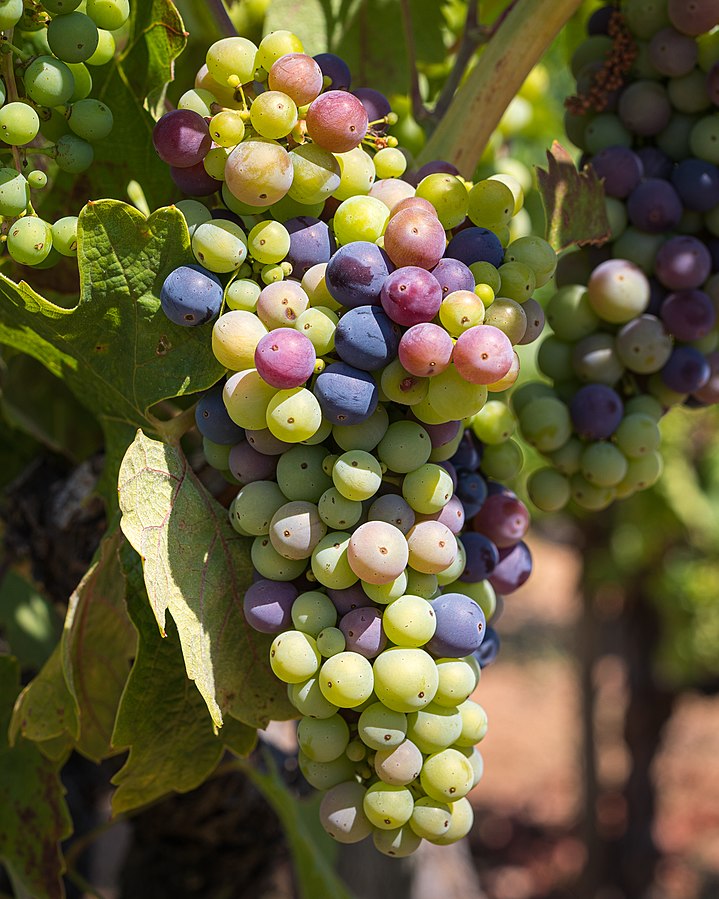
Different grape varieties offer unique flavors and textures, so it’s important to know what you’re buying. For example, some grapes are seedless while others are not, which can affect your enjoyment depending on your preference. Additionally, certain varieties may be sweeter or more tart, and some are better suited for specific uses like snacking or making wine. Understanding the characteristics of different grape varieties can help you make a more informed choice and ensure you get the type of grape you prefer.
Not Considering Seasonality
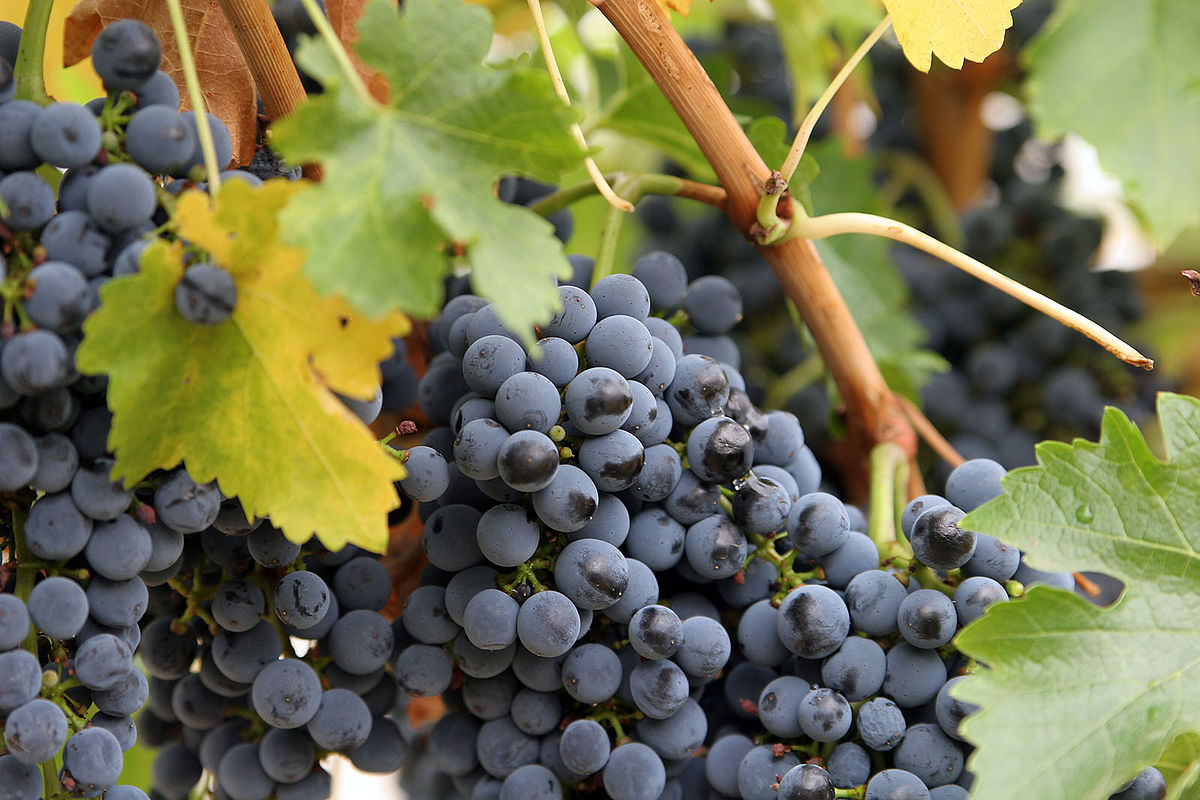
Grapes are best when they are in season, as they are more likely to be fresh and flavorful. Out-of-season grapes may have been stored for long periods or transported from distant locations, which can affect their taste and texture. Buying grapes in season also often means they are more affordable. Familiarizing yourself with the grape growing seasons in your region can help you choose the freshest and most delicious grapes. Seasonal grapes are also more likely to be grown locally, supporting local agriculture.
Avoiding Grapes with a Dusty Appearance
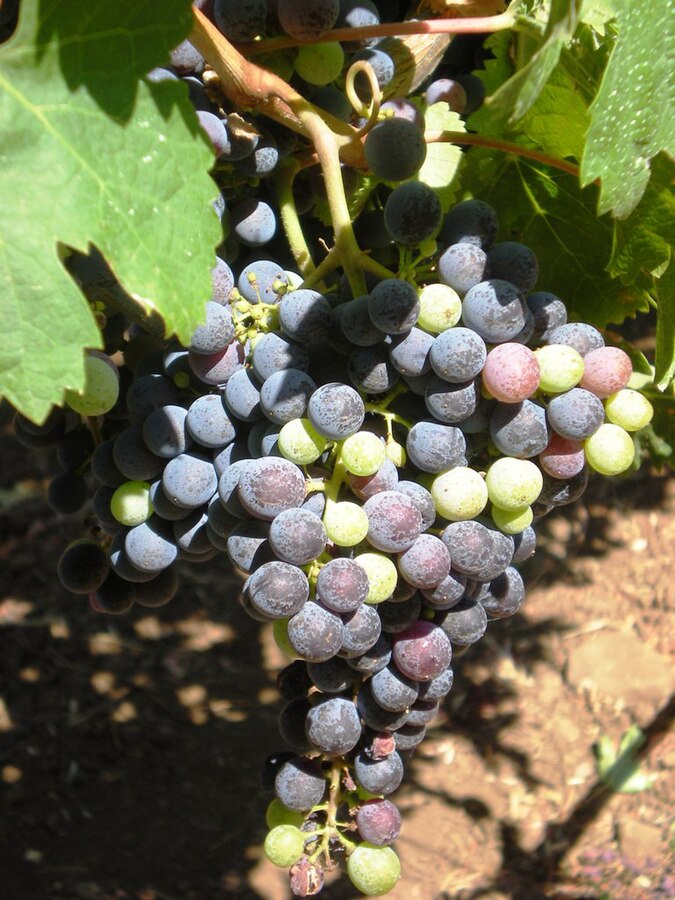
A natural, dusty white coating on grapes, called bloom, is actually a good sign. This coating protects the grapes from moisture loss and decay. Washing it off before eating is fine, but its presence indicates the grapes are fresh. Avoiding grapes because of this natural coating can lead you to miss out on high-quality fruit. Understanding that bloom is beneficial and not a sign of poor quality can help you make better purchasing decisions.
Not Checking for Brown Spots
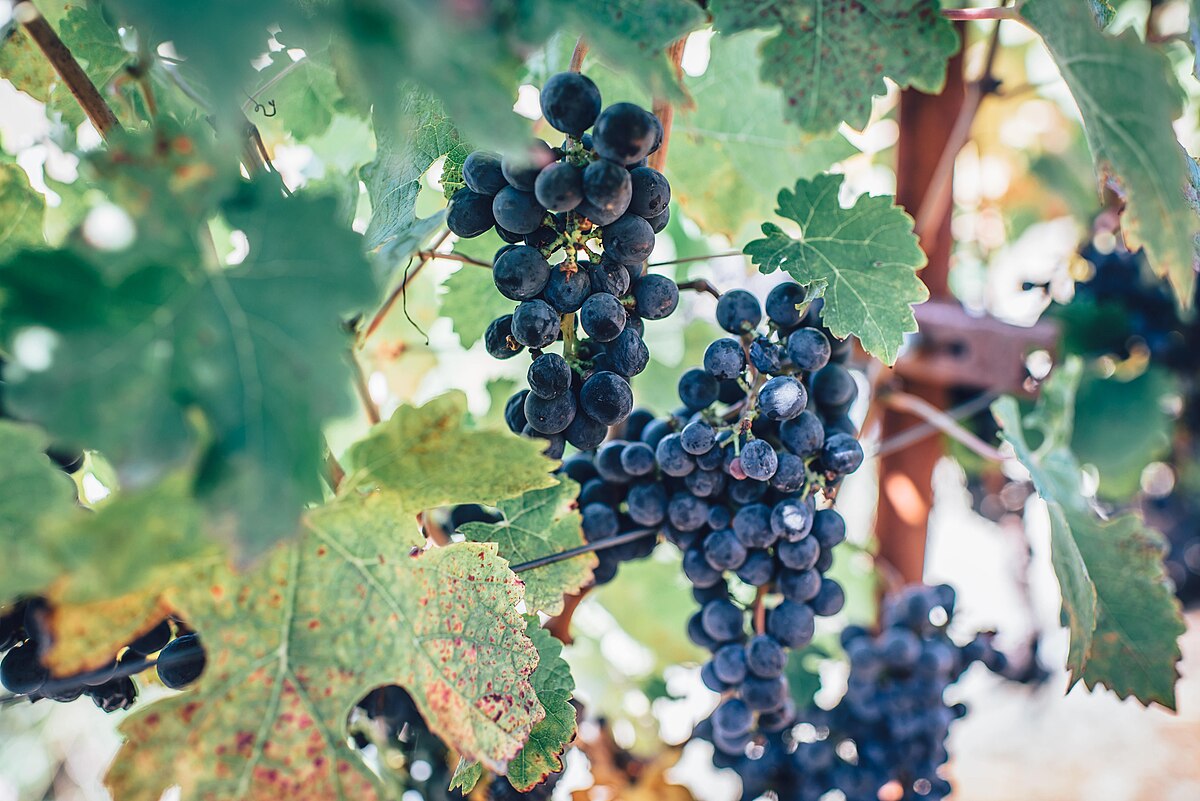
Brown spots on grapes can be an indication of bruising or rot, which can affect their taste and longevity. While some spots may be harmless, it’s best to avoid clusters with significant browning to ensure you’re getting the best quality. Inspecting grapes for any visible damage can help you avoid disappointment later. Choosing grapes without blemishes ensures they will last longer and taste better.
Forgetting to Taste a Grape

Tasting a grape before purchasing is a simple way to ensure you like the flavor and texture. Many markets allow you to sample produce, and taking advantage of this can prevent buying grapes that you don’t enjoy. This quick test can reveal whether the grapes are sweet, juicy, and to your liking. It’s a practical step to ensure satisfaction with your purchase. Always ask the vendor if it’s okay to taste a grape first.
Not Using a Bag for Protection
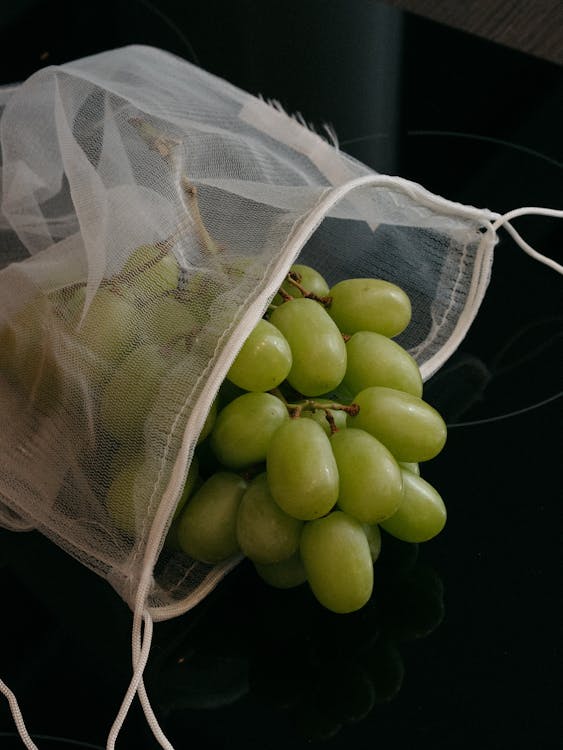
Placing grapes directly into your shopping basket without a protective bag can lead to damage. Grapes are delicate and can easily get squished or bruised when mixed with other items. Using a bag helps protect them during your shopping trip and ensures they stay in good condition until you get home. This simple step can prevent wastage and keep your grapes fresh longer. Always use a produce bag to safeguard your grapes.
Washing Grapes Too Early
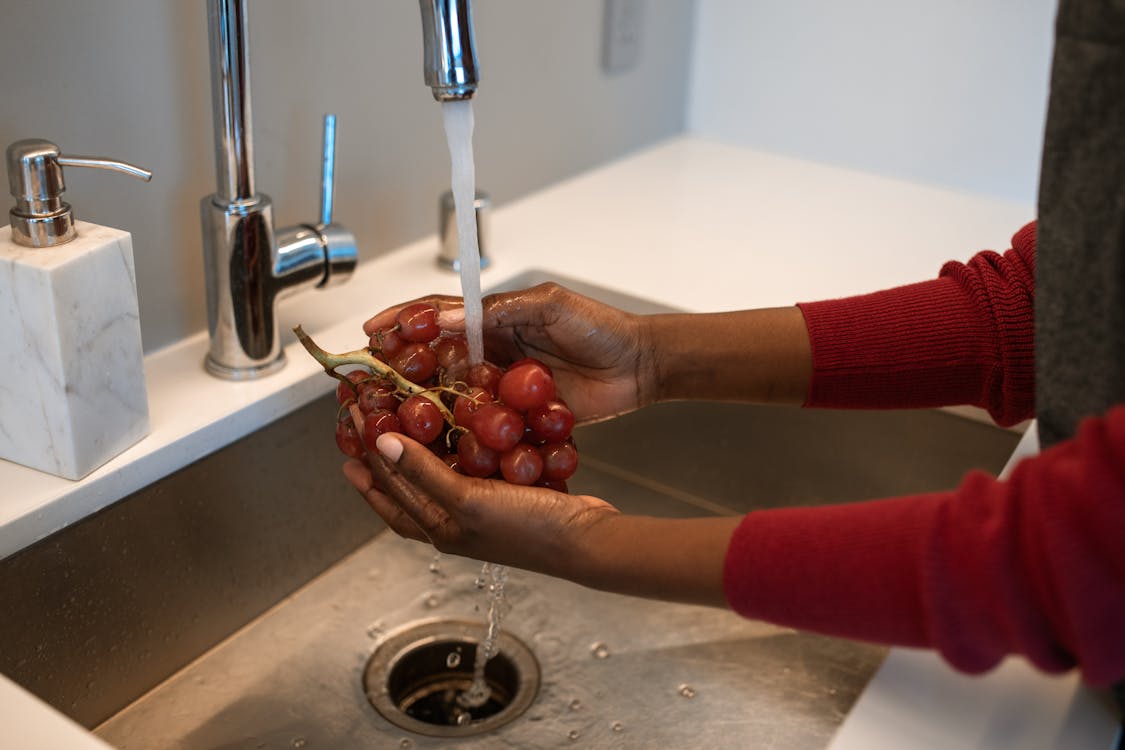
Washing grapes as soon as you get home might seem like a good idea, but it can actually speed up spoilage. The added moisture from washing can encourage mold growth and cause the grapes to become mushy. It’s best to wash grapes just before eating or using them in a recipe. This helps to maintain their freshness and prevent them from spoiling too quickly. Always dry them thoroughly after washing to avoid excess moisture.
Storing Grapes Improperly

Improper storage can quickly lead to spoiled grapes. Grapes should be stored in the refrigerator to keep them fresh and extend their shelf life. Keeping them in their original packaging or a breathable bag can prevent moisture buildup and mold growth. Ensuring proper airflow and not washing them until you’re ready to eat them also helps maintain their quality. Proper storage techniques are essential to enjoy your grapes at their best.
Storing Grapes in Airtight Containers
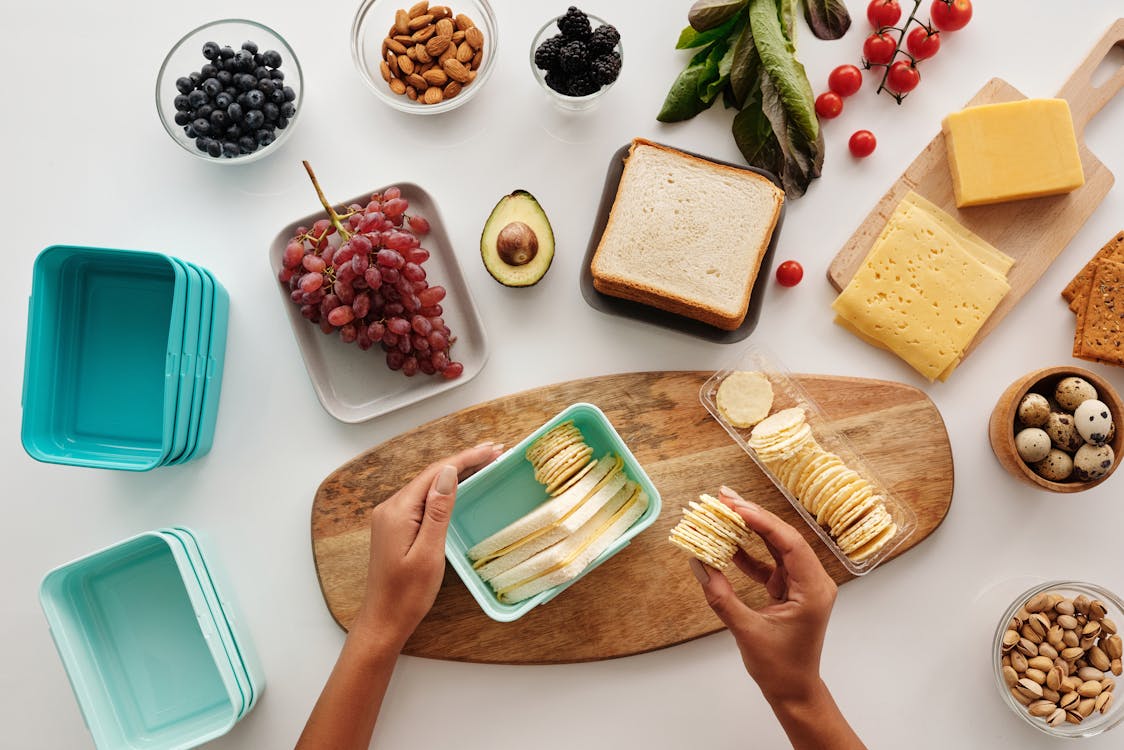
While it might seem logical to store grapes in an airtight container to keep them fresh, this can actually be detrimental. Grapes need some air circulation to stay fresh and prevent moisture buildup. Using breathable bags or containers with ventilation helps maintain their quality. Avoiding airtight containers ensures that the grapes do not become overly moist, which can lead to mold and spoilage. Proper storage containers can make a significant difference in the longevity of your grapes.
Not Separating Damaged Grapes
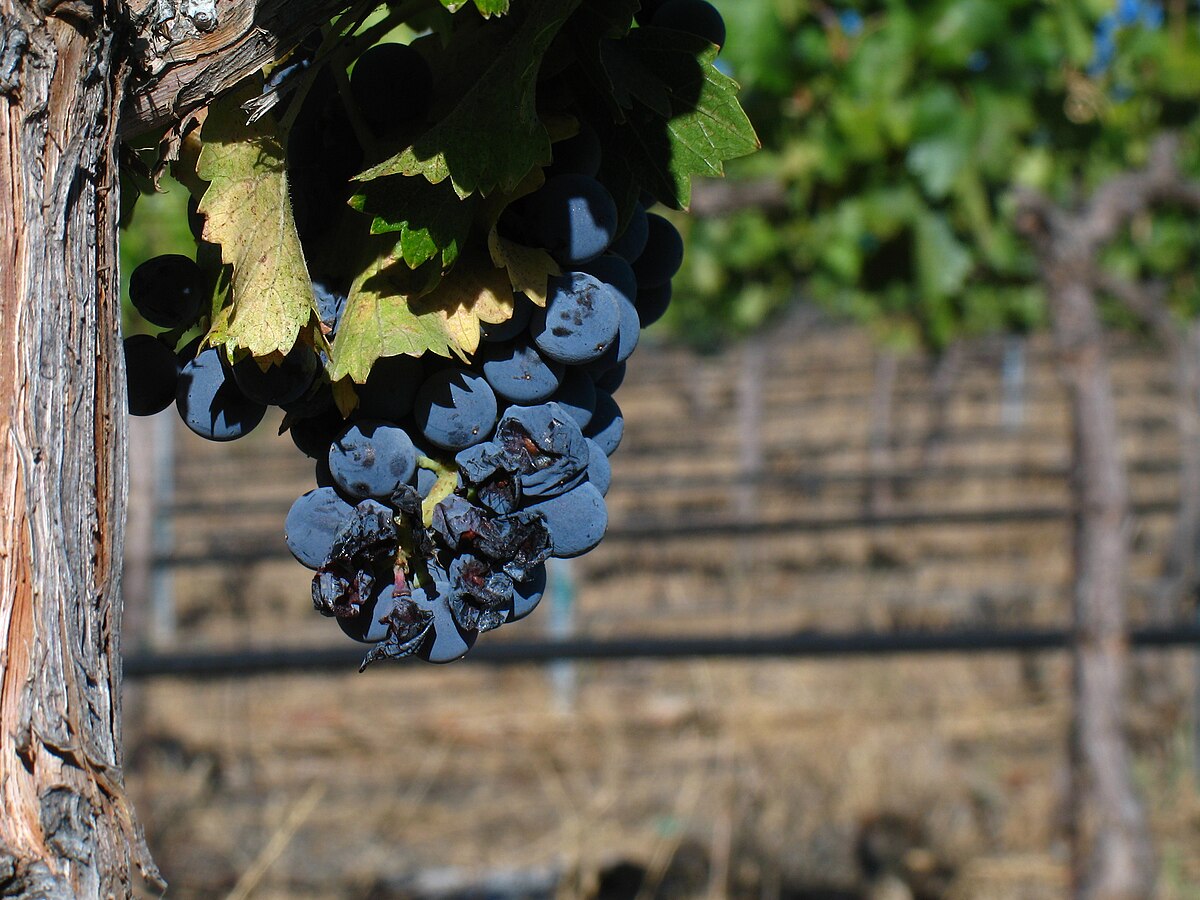
If you find a damaged or rotten grape in your bunch, it’s important to remove it immediately. Damaged grapes can release moisture and cause nearby grapes to spoil faster. Separating any bad grapes helps prevent the spread of rot and extends the shelf life of the remaining grapes. Regularly inspecting and removing any spoiled grapes is a good practice. This ensures that your grapes remain fresh and enjoyable for as long as possible.
This article originally appeared on RetailShout
More From RetailShout
16 Delicious Ways To Use Canned Beans And Lentils
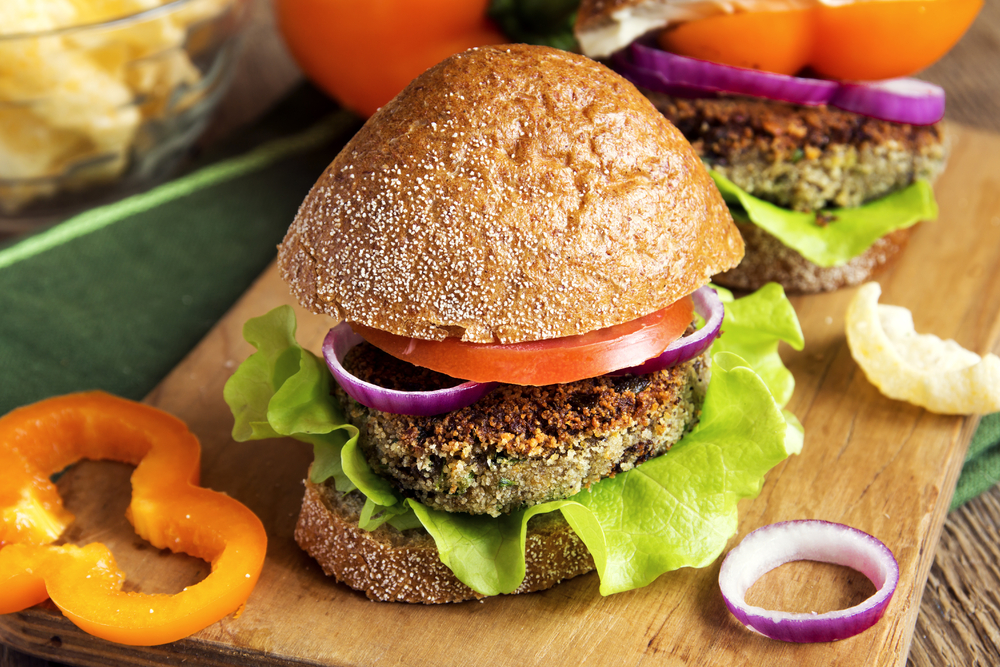
Canned beans and lentils are real lifesavers in the kitchen. They’re affordable, packed with nutrients, and super versatile. Whether you’re whipping up a quick meal after a long day or trying to add more plant-based dishes to your diet, these pantry staples can be transformed into delicious, hearty meals with minimal effort. Read More.
The 15 Best Cereals You Should Try, Ranked
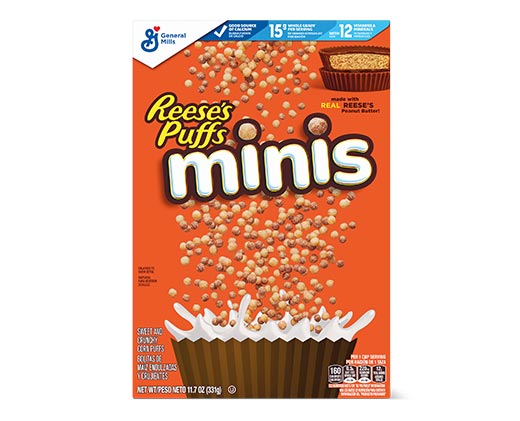
Breakfast cereals are a staple in many households, loved by kids and adults alike. Whether you’re a fan of something sweet, crunchy, or packed with fiber, there’s a cereal out there for everyone. Read More.
12 Simple Ways to Make Your Home More Energy Efficient

Making your home more energy efficient doesn’t have to be complicated. In fact, with just a few simple changes, you can save money and reduce your environmental impact. These practical tips will help you get started on the path to a greener home. Read More.



